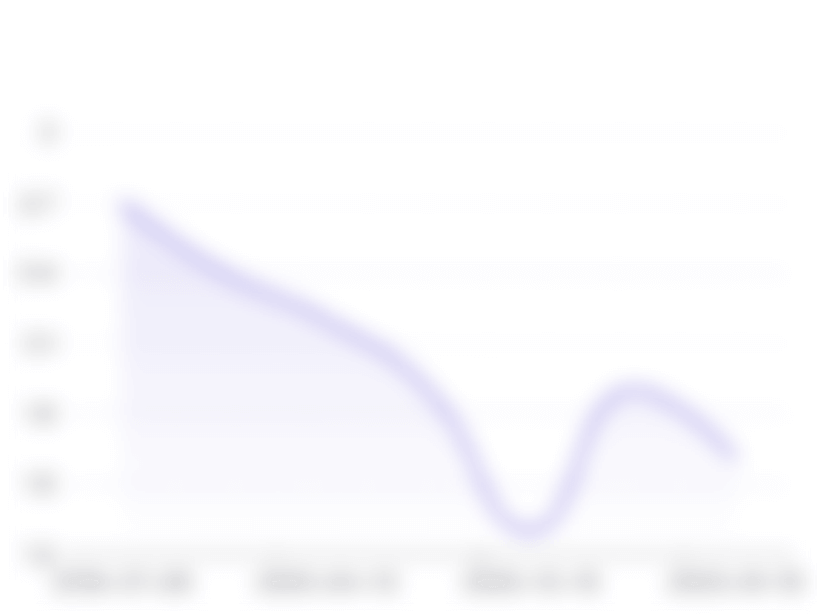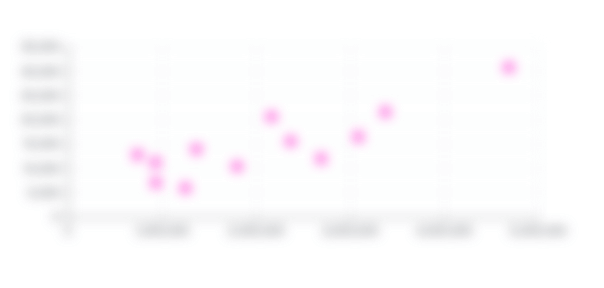




A Design Studio based in Milan and Rotterdam. Here we collect everything that makes us happy
48.4% av @formafantasmas følgere er kvinner og 51.6% er menn. Gjennomsnittlig engasjementsrate på innleggene er rundt 0.69%. Gjennomsnittlig antall likerklikk per innlegg er 872 og gjennomsnittlig antall kommentarer er 6.
@formafantasma elsker å dele omKunst og håndverk,
Hjem og hage,
Design,
Arkitektur,
Interiørdesign.

130,706
Følgere

0.69%
Engasjementsrate

878
Engasjement per innlegg
872
Gjennomsnittlig antall likerklikk per innlegg
6
Gjennomsnittlig antall kommentarer per innlegg

391,768
Global rangering

28,188
Landrangering

169
Kategorirangering
Omtaler - kontoer
6
Lignende kontoer

Nylige innlegg
* Opphavsrett: Innholdsopprettere er standard opphavspersoner. Informasjonen, inkludert bilder, tekst, videoer, innlegg og profiler, er publisert på offentlige domener og på respektive sosiale medier for offentlig visning.
FAQ: Statistikk og innsikt om Instagram for @formafantasma
Hvordan kan jeg få tilgang til statistikk og analyser for Instagram for @formafantasma?
StarNgage tilbyr omfattende analyserapporter som gir nøkkelstatistikk og innsikt for å gi deg en komplett forståelse av @formafantasma. Du kan utforske ulike aspekter, inkludert følgerstatistikker for Instagram, som veksttrender for følgere og innlegg, engasjementsrate og veksttrender for engasjementsrate. I tillegg kan du få informasjon om gjennomsnittlig antall likerklikk og kommentarer per innlegg, innsikt i følgernes eller publikums demografi, merkeaffinitetsdata, omtaler av relevante emneknagger, lignende kontoer og de nyeste innleggene.
Hva er den nåværende følgermengden til @formafantasma på Instagram?
Per siste oppdatering har @formafantasma akkumulert en dedikert følgerskare på 130,706 følgere på Instagram.
Hvilke innsikt og analyser er inkludert i den fullstendige rapporten for @formafantasma på Instagram?
Vår fullstendige analyserapport for Instagram gir en omfattende oversikt over @formafantasma på Instagram. Denne rapporten inneholder detaljert informasjon om vekst i følgere over tid, engasjementsmetrikker og frekvensen av innlegg, både på ukentlig og månedlig basis. For å få tilgang til denne grundige rapporten, vennligst registrer deg og opprett en ny StarNgage-konto eller logg inn på din eksisterende konto.
Kan jeg spore hvordan @formafantasmas engasjementsrate har utviklet seg på Instagram?
Ja, StarNgage sine analyseverktøy lar deg overvåke utviklingen av @formafantasmas engasjementsrate over tid på Instagram. Disse dataene hjelper deg med å vurdere effektiviteten av @formafantasmas strategier for engasjement.
Hvordan kan forståelse av publikums demografi for @formafantasma på Instagram være nyttig?
Å få innsikt i publikums demografi for @formafantasma på Instagram kan være svært verdifullt. Det gjør det mulig for deg å tilpasse influencerinnholdet og markedsføringsstrategiene dine for å bedre treffe publikummet til @formafantasma, siden du vil ha informasjon om deres alder, kjønn, beliggenhet og interesser.
Hvordan kan jeg bruke merkeaffinitetsdata til å forbedre markedsføringsstrategien min på Instagram med @formafantasma?
Merkeaffinitetsdata er et kraftig verktøy for å forstå hvilke merker eller produkter publikummet ditt er mest interessert i. Denne informasjonen kan veilede samarbeid med innhold og partnerskap på Instagram, og forbedre engasjementet ditt med målgruppen din.























